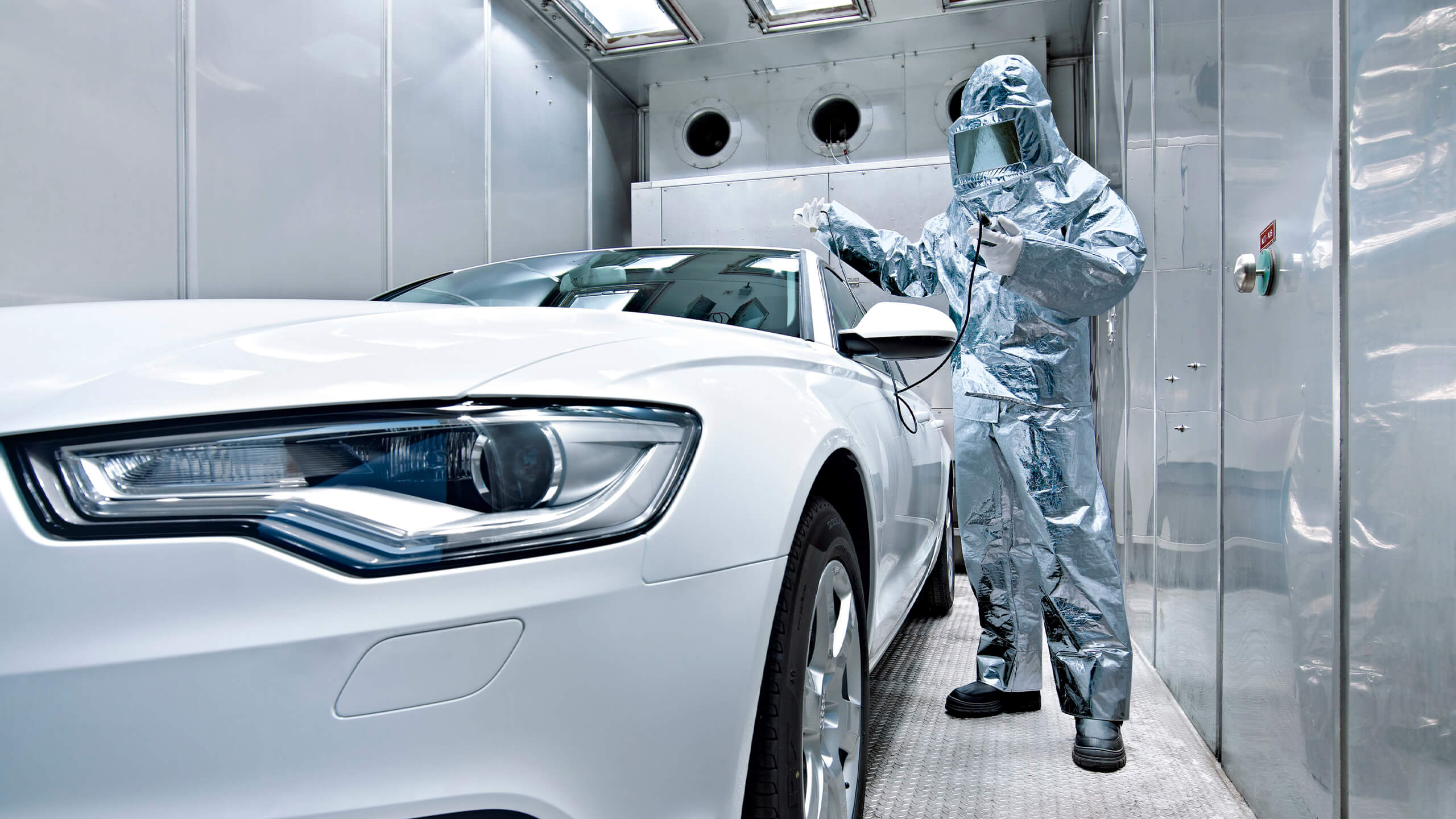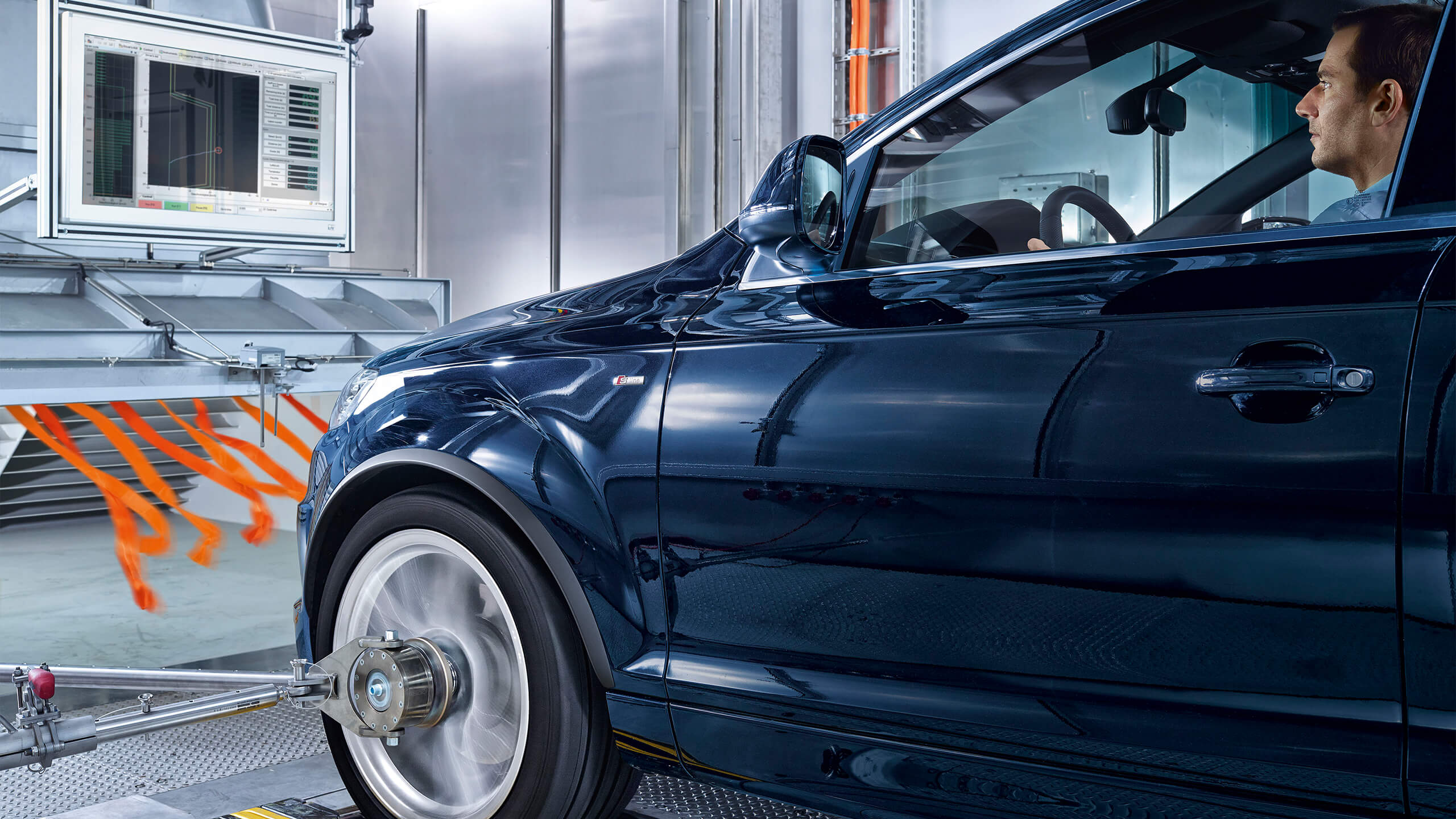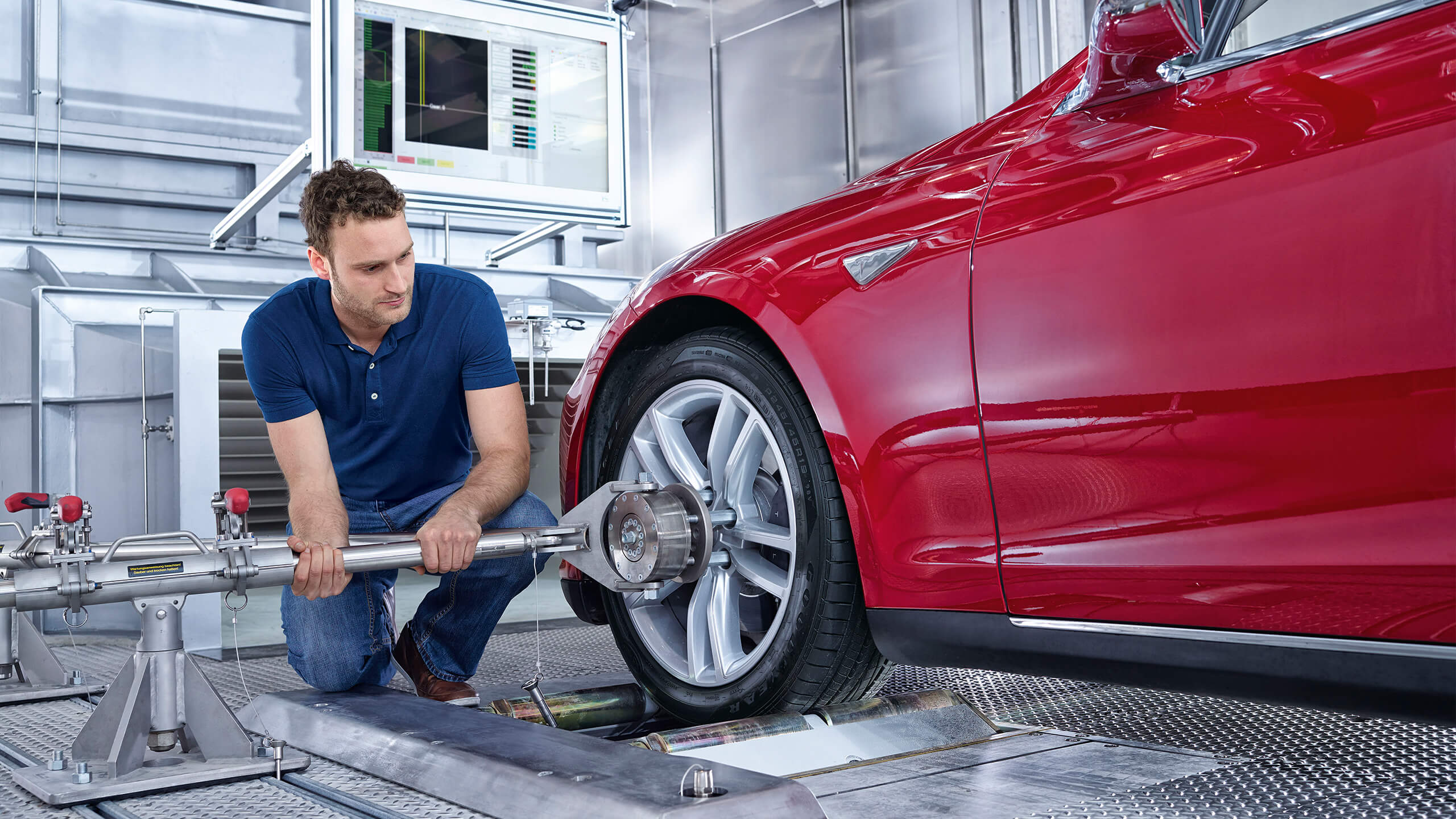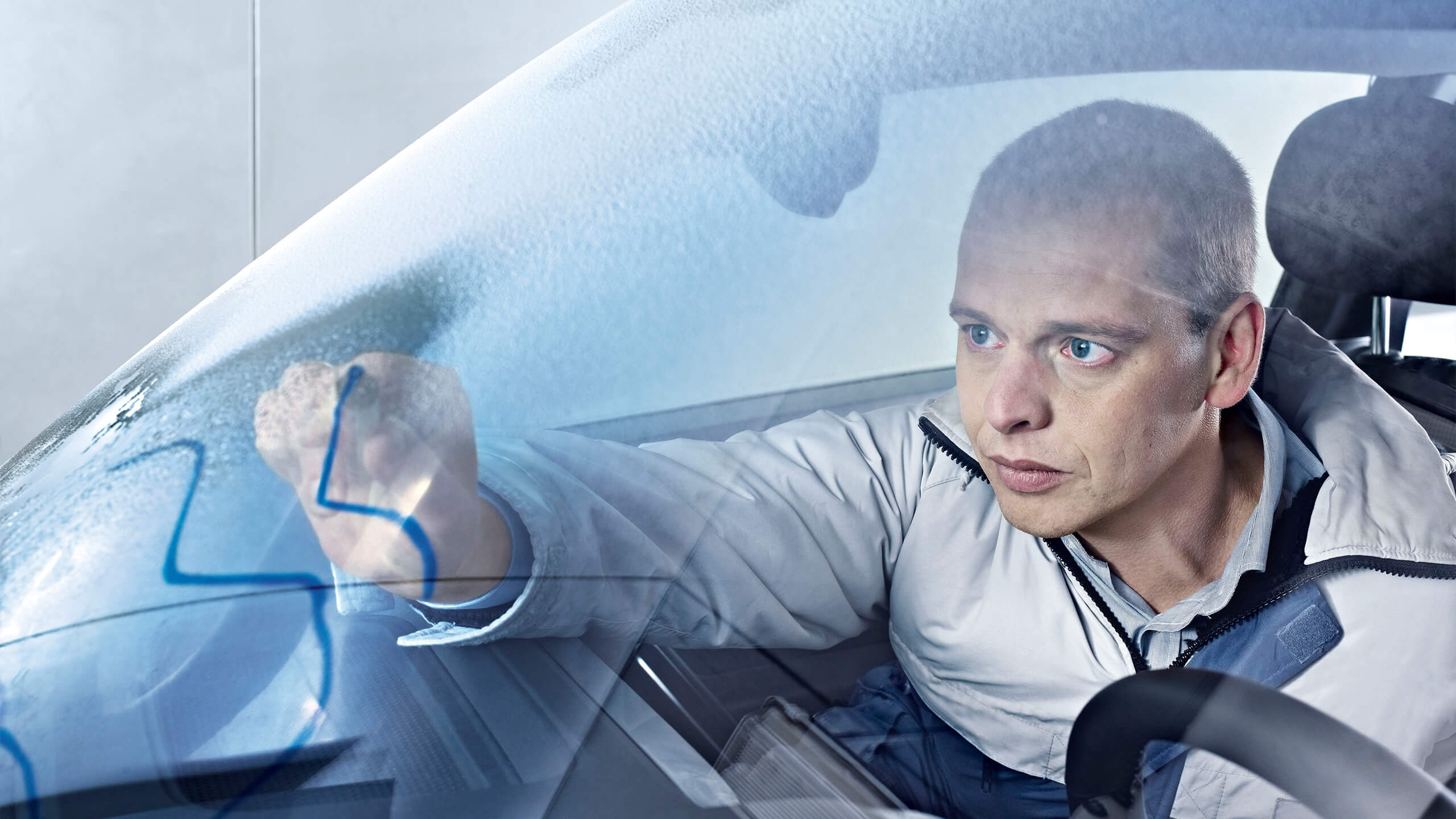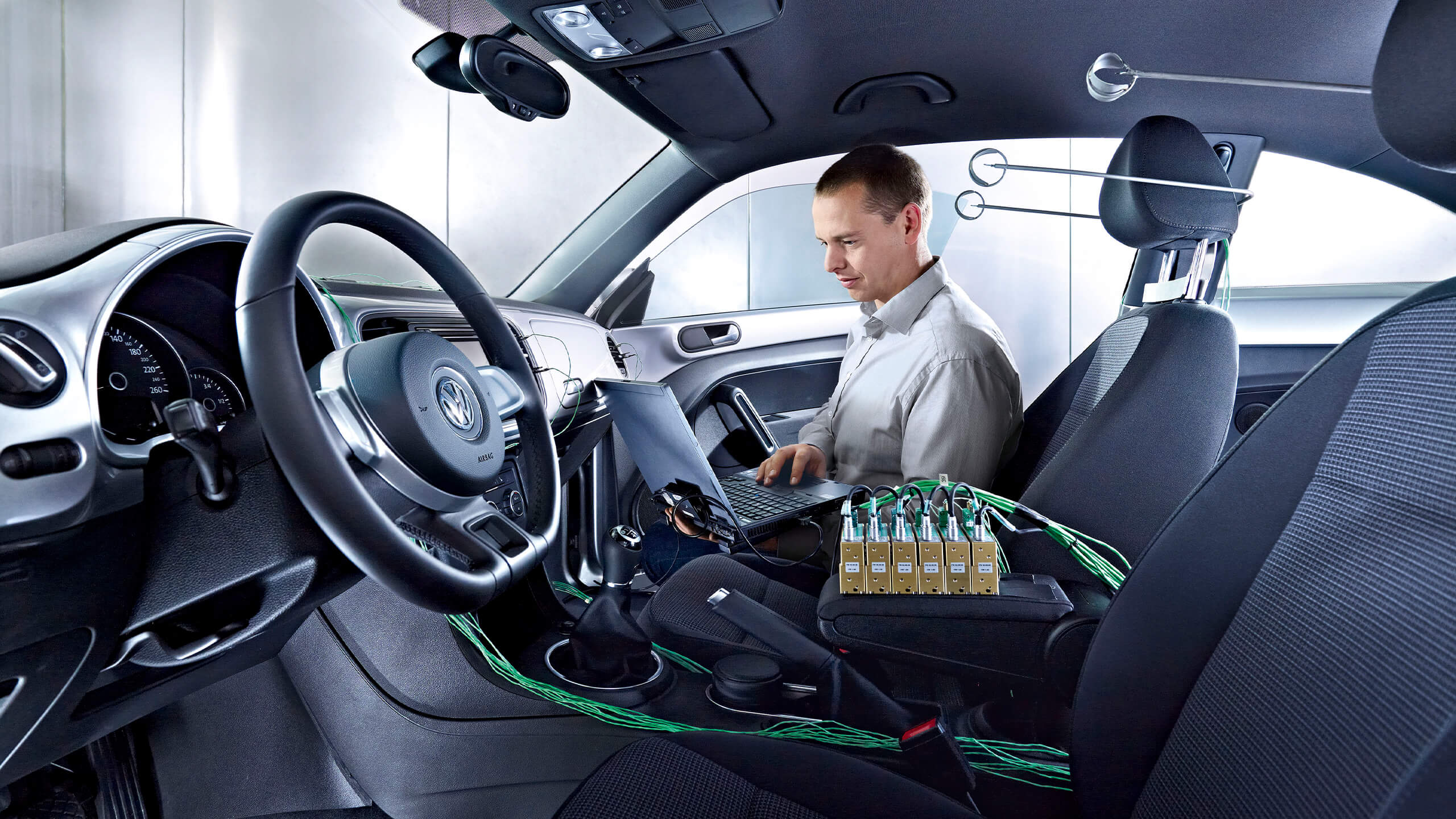Vehicle Development
Broadening existing competencies and generating new expertise: in vehicle development, IAV responded to change at an early stage, now putting us in a position to build a bridge between the classic automotive world and the modern world of IT. New development methods are speeding up projects and involve fewer prototypes.
Many current trends are influencing vehicle development: automated driving, electric drives, mobility as a service in an integrated network, new electronic architectures with high-performance computers (domain computers) and back-ends with which vehicles are communicating through the internet. In addition, the automotive market is also changing. New providers without any experience in production-ready engineering are developing vehicles and need a system integrator like IAV for future-oriented transport concepts, such as Robo-Taxis.
IAV embraced this change many years ago. Alongside our renowned expertise in the entire vehicle, we have developed skills, solutions, tools and infrastructure in the domain of IT. As a result, we can now bring together the automotive and IT worlds in an unparalleled way. We use agile development methods to cope with the increasing complexity in vehicle development. This will enable us to take on turnkey vehicle development projects for our customers in the future too.
IAV has developed and supplied automated transport vehicles for the HEAT (“Hamburg Electric Autonomous Transportation”) research project. Designed for a maximum of 16 passengers, they are to be used as shuttles on public roads in moving traffic at up to 50 kilometers per hour. The sensors for automated driving mainly consist of radar and lidar. To cope with visual elements, such as traffic light phases, lane and roadway line markings or traffic signs, HEAT uses digital databases and broadband communication.
For our volume production and research projects, we use cutting-edge methods that need less prototypes, such as virtual engineering. At our VR lab, we are able to work simultaneously with different project members, even if they are spread across the globe. This speeds up development work and permits early validation even before the first real-world prototypes are available. Needless to say, we also have a wide range of test benches and two indoor crash test facilities which enable us to validate our solutions before the start of production.
These complex projects strengthen our capacity for cross-divisional cooperation and the use of complementary skills. In addition to concepts, technical and requirements specifications, we can also provide our customers with working prototypes, release recommendations as well as services for integrating components and developing complete vehicles or derivatives.
